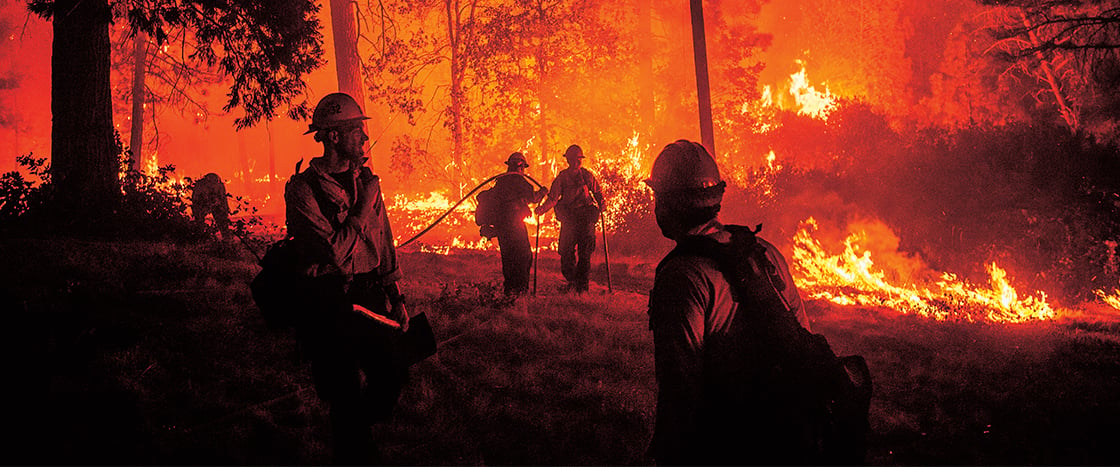A tiny ember from a campfire gets caught in the wind. It floats to the treetops where it lights a dry branch. Soon, the whole forest is in flames. This is one way a wildfire can begin. About 85 percent of these large, destructive fires are caused by humans.
Wildfires have become more common and damaging in recent decades. In 2018, California was struck by a record 8,527 wildfires. The fast-moving flames burned nearly 2 million acres and killed 103 people.
As residents fled, specially trained firefighters known as wildland firefighters battled the blazes. They faced temperatures of up to 800°C (1,472°F) and air thick with smoke and ash.
Wildland firefighter Kathleen Navarro knows these conditions well. In addition to fighting fires in the western U.S., she studies the disasters. Navarro wants to know how the smoke and ash they produce affect firefighters’ health. She recently spoke with SuperScience about her work.
A campfire releases a tiny ember. It gets caught in the wind. It floats to the treetops. There, it lights a dry branch. Soon, the whole forest is in flames. This is one way a wildfire can begin. These fires are large. They do a lot of damage. And people cause about 85 percent of them.
Wildfires have become more common in recent years. They’re also causing more harm. A record 8,527 wildfires struck California in 2018. The fast-moving flames burned nearly 2 million acres. They killed 103 people.
People fled the fires. But specially trained firefighters did the opposite. These wildland firefighters battled the blazes. They faced temperatures of up to 800°C (1,472°F). They also breathed air thick with smoke and ash.
Kathleen Navarro knows these conditions well. She’s a wildland firefighter. She fights fires in the western U.S. She also studies the disasters. Navarro collects data about smoke and ash from wildfires. She wants to learn how they affect firefighters’ health. Navarro recently spoke with SuperScience about her work.

